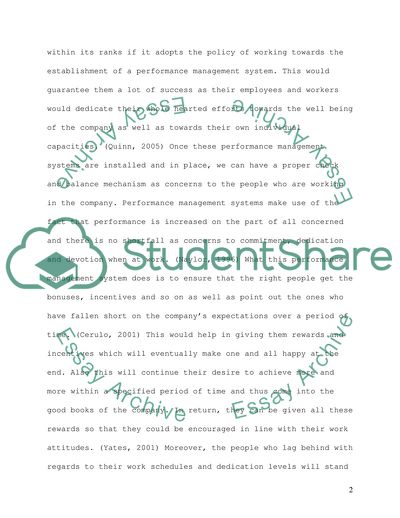Cite this document
(Organisational Culture and Subculture Essay Example | Topics and Well Written Essays - 1500 words, n.d.)
Organisational Culture and Subculture Essay Example | Topics and Well Written Essays - 1500 words. https://studentshare.org/human-resources/1712622-organisational-culture-and-sub-culture
Organisational Culture and Subculture Essay Example | Topics and Well Written Essays - 1500 words. https://studentshare.org/human-resources/1712622-organisational-culture-and-sub-culture
(Organisational Culture and Subculture Essay Example | Topics and Well Written Essays - 1500 Words)
Organisational Culture and Subculture Essay Example | Topics and Well Written Essays - 1500 Words. https://studentshare.org/human-resources/1712622-organisational-culture-and-sub-culture.
Organisational Culture and Subculture Essay Example | Topics and Well Written Essays - 1500 Words. https://studentshare.org/human-resources/1712622-organisational-culture-and-sub-culture.
“Organisational Culture and Subculture Essay Example | Topics and Well Written Essays - 1500 Words”. https://studentshare.org/human-resources/1712622-organisational-culture-and-sub-culture.


